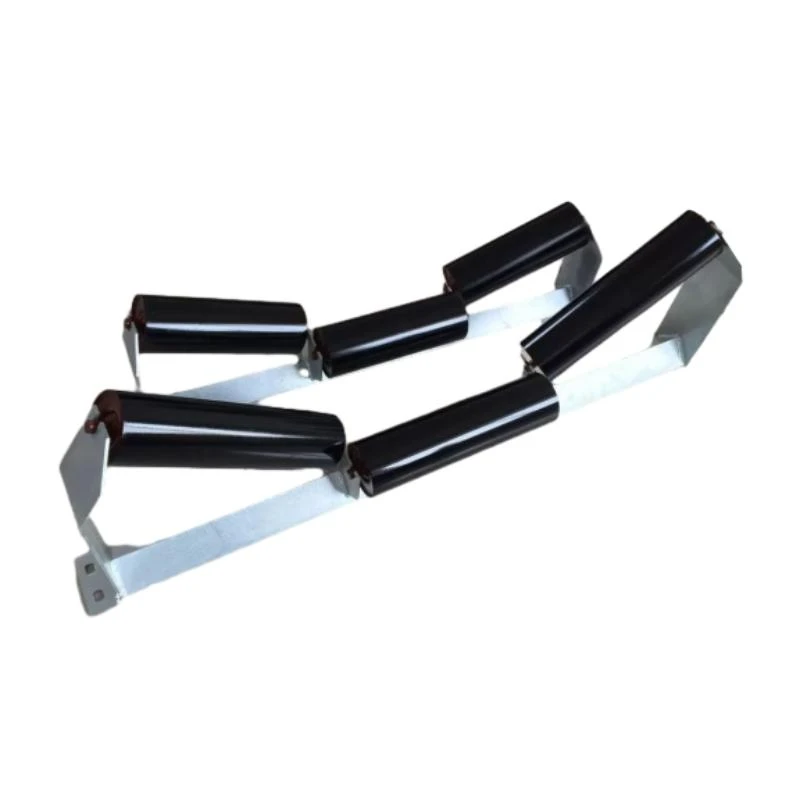 Afrikaans
Afrikaans  Albanian
Albanian  Amharic
Amharic  Arabic
Arabic  Armenian
Armenian  Azerbaijani
Azerbaijani  Basque
Basque  Belarusian
Belarusian  Bengali
Bengali  Bosnian
Bosnian  Bulgarian
Bulgarian  Catalan
Catalan  Cebuano
Cebuano  Corsican
Corsican  Croatian
Croatian  Czech
Czech  Danish
Danish  Dutch
Dutch  English
English  Esperanto
Esperanto  Estonian
Estonian  Finnish
Finnish  French
French  Frisian
Frisian  Galician
Galician  Georgian
Georgian  German
German  Greek
Greek  Gujarati
Gujarati  Haitian Creole
Haitian Creole  hausa
hausa  hawaiian
hawaiian  Hebrew
Hebrew  Hindi
Hindi  Miao
Miao  Hungarian
Hungarian  Icelandic
Icelandic  igbo
igbo  Indonesian
Indonesian  irish
irish  Italian
Italian  Japanese
Japanese  Javanese
Javanese  Kannada
Kannada  kazakh
kazakh  Khmer
Khmer  Rwandese
Rwandese  Korean
Korean  Kurdish
Kurdish  Kyrgyz
Kyrgyz  Lao
Lao  Latin
Latin  Latvian
Latvian  Lithuanian
Lithuanian  Luxembourgish
Luxembourgish  Macedonian
Macedonian  Malgashi
Malgashi  Malay
Malay  Malayalam
Malayalam  Maltese
Maltese  Maori
Maori  Marathi
Marathi  Mongolian
Mongolian  Myanmar
Myanmar  Nepali
Nepali  Norwegian
Norwegian  Norwegian
Norwegian  Occitan
Occitan  Pashto
Pashto  Persian
Persian  Polish
Polish  Portuguese
Portuguese  Punjabi
Punjabi  Romanian
Romanian  Russian
Russian  Samoan
Samoan  Scottish Gaelic
Scottish Gaelic  Serbian
Serbian  Sesotho
Sesotho  Shona
Shona  Sindhi
Sindhi  Sinhala
Sinhala  Slovak
Slovak  Slovenian
Slovenian  Somali
Somali  Spanish
Spanish  Sundanese
Sundanese  Swahili
Swahili  Swedish
Swedish  Tagalog
Tagalog  Tajik
Tajik  Tamil
Tamil  Tatar
Tatar  Telugu
Telugu  Thai
Thai  Turkish
Turkish  Turkmen
Turkmen  Ukrainian
Ukrainian  Urdu
Urdu  Uighur
Uighur  Uzbek
Uzbek  Vietnamese
Vietnamese  Welsh
Welsh  Bantu
Bantu  Yiddish
Yiddish  Yoruba
Yoruba  Zulu
Zulu conveyor system components
Understanding Conveyor System Components
Conveyor systems play a pivotal role in various industries, from manufacturing to logistics. These systems enhance efficiency, improve safety, and reduce labor costs by automating the movement of goods. Understanding the components of a conveyor system is crucial for businesses looking to optimize their operations. This article delves into the key components of conveyor systems, their functions, and their significance.
1. Conveyor Belts
The conveyor belt is arguably the most recognizable component of a conveyor system. It acts as the surface on which materials are transported. Conveyor belts come in various designs, including flat, modular, and belt types, each suited for different applications. For instance, flat belts are commonly used in food processing, while modular belts are ideal for packaging and sorting lines due to their flexibility and ease of maintenance. The choice of material and design is essential, as it can affect the system's durability, load capacity, and the types of materials that can be conveyed.
2. Drive Mechanisms
The drive mechanism is responsible for powering the conveyor system. Typically, motors are employed to provide the necessary force to move the conveyor belt. The most common types of drive mechanisms include gear motors and hydraulic drives. The selection of the motor depends on factors such as the conveyor's load capacity, length, and speed requirements. Proper sizing and selection of the drive mechanism are critical to ensuring the system operates efficiently and effectively.
3. Idlers and Rollers
Idlers and rollers support the weight of the conveyor belt and the materials it carries. Idlers are crucial for maintaining belt tension, while rollers facilitate smooth movement across the system. These components can be various types depending on the specific application. For example, return idlers support the belt on its return journey, and impact rollers are used at loading points to minimize shock and extend the life of the conveyor. The choice of idler and roller type directly impacts the conveyor's performance and longevity.
4. Chassis and Frame
conveyor system components

The chassis, or frame, serves as the backbone of any conveyor system. It provides structural support and determines the overall design and layout of the system. Frames can be made from various materials, such as steel, aluminum, or stainless steel, depending on the environment and the materials being transported. A robust frame ensures stability and durability, reducing maintenance needs and extending the life of the conveyor system.
5. Sensors and Controls
As manufacturing processes become more automated, the integration of sensors and control systems into conveyor systems is increasing. Sensors can monitor various parameters, such as speed, position, and load. These components provide real-time data, enabling operators to make informed decisions and maintain efficient operations. Control systems, often programmable logic controllers (PLCs), manage the conveyor's start, stop, and speed adjustments. Together, these components enhance productivity and minimize the risk of equipment failure.
Safety is paramount in any industrial operation. Conveyor systems incorporate numerous safety features to protect both operators and the equipment. Emergency stop systems, guards, and safety switches help prevent accidents. Moreover, clear signage and training can significantly reduce the risk of injury when employees are working near conveyor systems.
7. Maintenance Components
Regular maintenance is essential for the smooth operation of conveyor systems. Components such as conveyor lubrication systems, maintenance access points, and wear detection sensors can help identify potential issues before they lead to failures. Implementing a routine maintenance schedule ensures that the system operates efficiently, minimizes downtime, and extends the lifespan of the equipment.
Conclusion
Conveyor systems are integral to modern industrial operations, and understanding their components is crucial for effective management and optimization. Each component, from the conveyor belts and drive mechanisms to safety features and maintenance systems, plays a vital role in ensuring the overall efficiency and safety of the system. By investing in high-quality components and proper maintenance practices, businesses can enhance productivity and maintain a competitive edge in their industries. As technology continues to advance, the evolution of conveyor system components will undoubtedly lead to even greater efficiencies in the future.
-
Trusted Conveyor Solutions from Leading Conveyor Idler Roller ManufacturersNewsJun.27,2025
-
Reliable Return Idler Solutions for Efficient Belt Conveyor SystemsNewsJun.27,2025
-
Precision Conveyor Accessories for Streamlined Material HandlingNewsJun.27,2025
-
High-Quality Belt Conveyor Idler Solutions for Efficient Material HandlingNewsJun.27,2025
-
High-Performance Belt Conveyor Pulleys for Reliable Material HandlingNewsJun.27,2025
-
Enhancing Material Handling EfficiencyNewsJun.27,2025





























